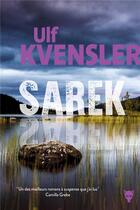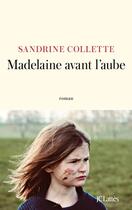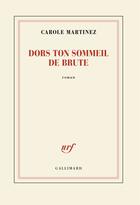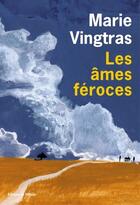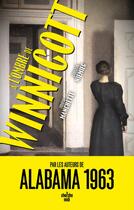-
Date de parution : 11/03/2014
-
Editeur :
Arche Milan
-
EAN : 9788872523377
-
Série :
(-)
-
Support :
Papier
-
Nombre de pages : 112
-
Collection :
(-)
-
Genre :
(-)
-
Thème :
Ésotérisme
-
Prix littéraire(s) :
(-)
Résumé:
Printed in 1572 by Pietro Perna in the collection called Auriferæ artis, quam chemiam vocant, antiquissimi authores, the anonymous De arte chimica was attributed by Renaissance alchemists to Marsilio Ficino, doubtless because it resumes the Ficinian doctrine according to which the elixir or... Voir plus
Printed in 1572 by Pietro Perna in the collection called Auriferæ artis, quam chemiam vocant, antiquissimi authores, the anonymous De arte chimica was attributed by Renaissance alchemists to Marsilio Ficino, doubtless because it resumes the Ficinian doctrine according to which the elixir or philosophers' stone is obtained by extracting the spiritus mundi (that is the vehicle of the world soul) from the gold where it is buried. But whereas (as P. O. Kristeller demonstrated) this attribution to Ficino is erroneous, Sylvain Matton has uncovered numerous clues which have led him to impute the treatise to the famous Henry Cornelius Agrippa. Besides, Matton's discovery that in 1606 the Paracelsian Martin Ruland reissued (under the title ????????? lapidis philosophici nova) the same De arte chimica from a copy independent of Perna's printed version, has allowed him to establish the first critical edition of a work admired by the adepts and which made C. G. Jung dream.
Imprimé en 1572 par Pietro Perna dans le recueil Auriferæ artis, quam chemiam vocant, antiquissimi authores, l'anonyme De arte chimica fut attribué par les alchimistes de la Renaissance à Marsile Ficin, sans doute parce qu'il reprend la doctrine ficinienne selon laquelle l'élixir ou la pierre des philosophes s'obtient en extrayant de l'or où il est enfoui le spiritus mundi, c'est-à-dire le véhicule de l'âme du monde. Mais tandis que (comme l'a démontré P. O. Kristeller) cette attribution à Ficin est erronée, Sylvain Matton a relevé de nombreux indices qui l'ont conduit à imputer ce traité au célèbre Henri Corneille Agrippa. En outre, sa découverte qu'en 1606 le paracelsien Martin Ruland avait republié, sous le titre de ????????? lapidis philosophici nova, ce même De arte chimica à partir d'une copie indépendante de la version imprimée par Perna, lui a permis d'établir la première édition critique d'un ouvrage admiré des adeptes et qui fit rêver C. G. Jung.
Donner votre avis









